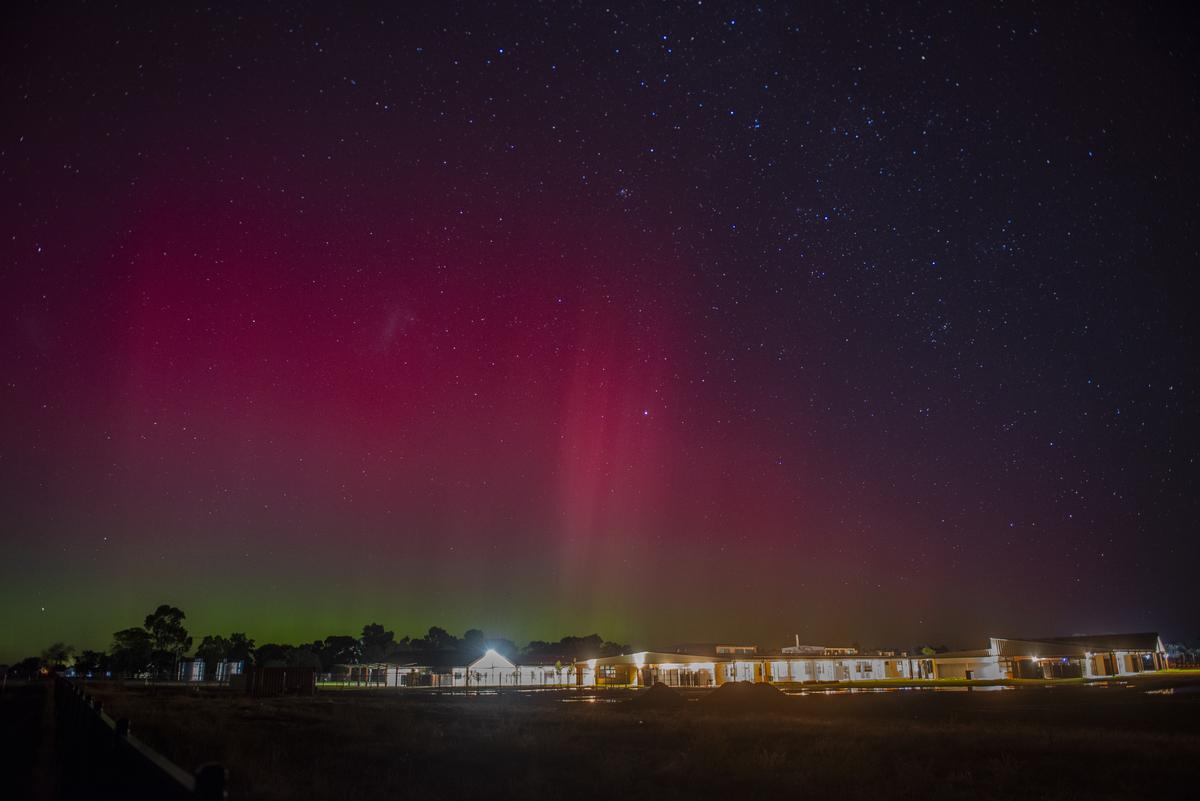Science News

Big Science Competition
We are thrilled to announce that 23 of our exceptional students recently participated in the esteemed Big Science Competition. This national event, which is open to students in Years 7 to 10, challenges young minds with a 50 minute, multiple-choice online competition designed to test their science knowledge, critical-thinking, and problem-solving skills. The test immerses students in real-life, contemporary contexts, making the questions both relatable and intriguing. This year’s participants demonstrated remarkable proficiency in navigating these challenges, reflecting their strong grasp of scientific concepts and their ability to apply them in practical scenarios.
Below is a list of the talented students who represented our school:
- Abbey McCarty
- Aliah Rudd
- Anastasia Monigatti
- Charli O'Donnell
- Claudia Walshe
- Cooper Masters
- Damien Whyte
- Ethan Hadley
- Georgie Elso
- Inga Sandercock
- Jackson Arnel
- Jemma Lewis
- Kayla O'Grady
- Lily Adriaans
- Lily Warren
- Oliver Hearn
- Olivia Lees
- Olivia Thompson
- Poppy Ferguson
- Rohan Stringer
- Sarah Head
- Xavier Stewart
- Zara McRae
Participation in the Big Science Competition also opens doors to exciting prizes for both schools and students. We eagerly await the results and are hopeful that our students’ hard work and passion for science will be rewarded.
Stay tuned for further updates as we track our students’ performance and celebrate their successes in this prestigious competition.
Southern Lights
Recently, the Aurora Australis, also known as the Southern Lights, was visible in Echuca. Many locals captured stunning photos of this rare event.
The Aurora Australis is a natural light display often seen near the Antarctic. It happens when particles from the sun, mainly electrons and protons, collide with gases in Earth's atmosphere like oxygen and nitrogen. These collisions excite the gas molecules, causing them to emit light and create the beautiful colours of the auroras—greens, pinks, reds, purples, and blues.
These solar particles are carried to Earth by the solar wind and guided towards the poles by Earth's magnetic field. When they reach the atmosphere and collide with gas molecules, they produce the vibrant light displays we see as auroras. The specific colours depend on the type of gas and the altitude of the collisions.
Seeing the Aurora Australis in Echuca is unusual and exciting. The conditions were just right, with clear skies and strong solar activity, allowing this spectacular light show to be seen much farther north than usual.
Mr Leslie’s photos of the Aurora over Kildare Campus capture this amazing natural event. The experience of witnessing the Southern Lights in Echuca has left a lasting impression on the community, showcasing the beauty and wonder of our natural world.

